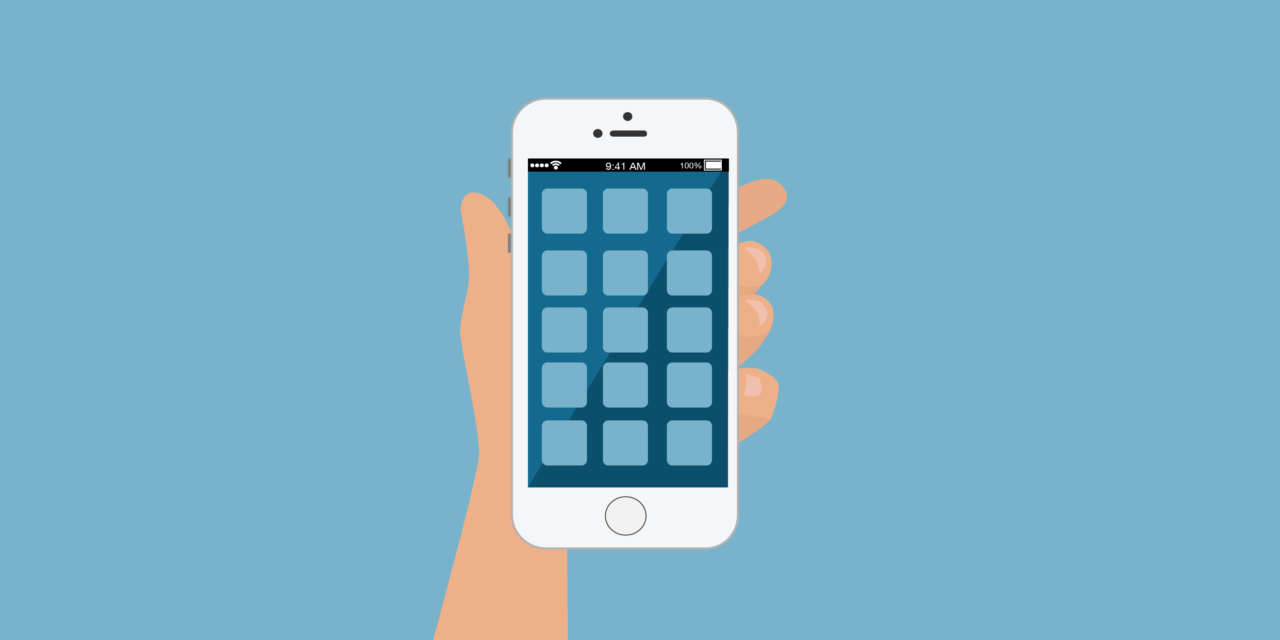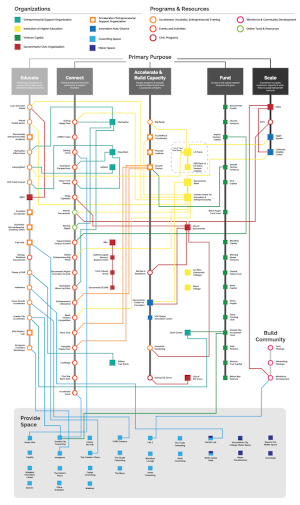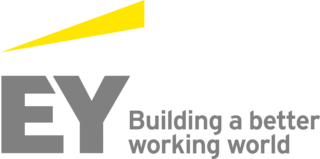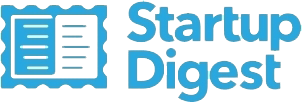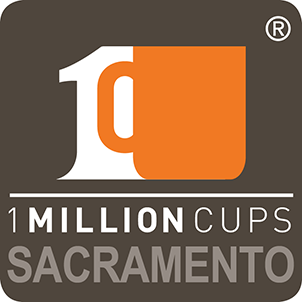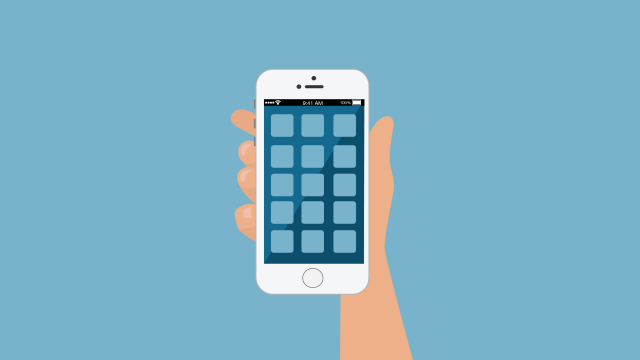
Something I typically ask my startup clients is “how do you plan on making money?” Sometimes, I get a stunned silence in response. They’re so caught up in their idea that they never think about the monetization model. This is especially true for startups that include an app as part of the business model. So, if you are at the napkin stage of your next app venture, here are seven app monetization models to give you food for thought.
1. The Price of the App
The most obvious way to make money is by selling it on the app store. On the Apple App Store, the price can range from $.99 to $999.99. Both Apple and Google take 30% but have pretty good systems that will deposit the funds directly into your bank account.
Although from what I’ve observed, putting a price on your app is often a barrier for people to download your app. We had a client that had a fairly successful app with thousands of downloads a week (as a free app). As soon as they charged 99 cents for their app, it went from thousands of downloads to forty. If your goal is to make a profit, my suggestion is to figure out how to monetize a free app. However, if your app solves a business problem and there’s a definite ROI (Return on Investment), then you should charge accordingly.
2. In-App Purchases
Typically, in-app purchases for a free app allow users to:
- Unlock features
- Purchase a subscription
- Buy virtual goods
- Purchase additional content
Just as in the price of an app, Apple and Google Play take 30%. If you look at the top grossing apps in the Apple App Store, the top 30 apps are all free but offer in-app purchases.
3. Mobile Advertising
Mobile advertising nears $100 billion in 2016. There are 6 mobile advertising models and I discuss them in this article.
4. License
Essentially, if you build an app that solves a problem, you can license it. A good example is event apps. There are a number of companies with an app template that will create custom apps for organizations in need of an event app. They typically charge a setup fee and a monthly subscription. This follows a SaaS (Software as a Service) model.
5. Improving the Business Process
Although this isn’t exactly a monetization model, effectively implementing a mobile app can substantially improve business revenue. A good example is Fandango. Their revenue increased by 57% after they launched their mobile app in 2012. If you have an existing business or startup, implementing a native app that improves your business process may be a way to increase revenue.
6. Deliver a Service
Uber is a great example of service delivery via a mobile app. In 2015, their revenue was estimated at $1.5 billion and they currently have a valuation of $62.5 billion. Other examples of delivering a service via a mobile app are TaskRabbit and Doctors on Demand. For developers, one of the most requested types of apps is an Uber-style app. Essentially, the model involves connecting a resource to a demand, handling the transaction, and then taking a percentage of the transaction.
7. User Acquisition
If you look at WhatsApp and Instagram, they practically had no revenue model before getting acquired. What they had were a lot of users. At the time of their acquisition, WhatsApp had 600 million users and Instagram had 30 million users. Their apparent strategy was to acquire a lot of users then get acquired. WhatsApp was acquired for $19 billion and Instagram for $1 billion. Not bad for businesses with no revenue model.
If developing an app is part of your business strategy, then hopefully this article has helped you consider the right monetization model for your business plan and pitch.

